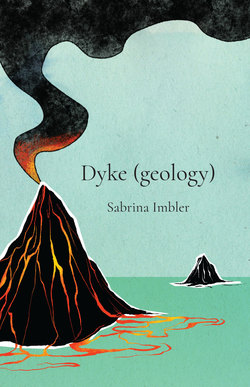Читать книгу Dyke (geology) - Sabrina Imbler - Страница 5
На сайте Литреса книга снята с продажи.
2. A dyke, according to geology, is a sheet of magma born in a fracture. Dykes are best understood as the veins of a volcano, coursing hot and varicose toward the surface to erupt. Because of this, dykes are always younger than the body of rock in which they’ve made their home. Born differently than the mother rock, they make their presence known in rebel coloration: black against white, striped against mottled, crystal against sand. Geologists consider dykes intrusive formations, in part because they were formed underground until exposed.
ОглавлениеThe first time you met my mother, we were sitting down for dinner at a place that served quinoa, where she believed she was to meet my new friend. As I shredded my chicken into a bird’s nest with my fork, I bloomed in our secret. I flattered you over and over. Isn’t it interesting that she works in sustainable agriculture? I smile and chew. You know, she says that bulgur is the new quinoa. I swallow and hold your hand underneath the table. When I look down, I am startled. Your white skin is darker than mine, browned by so many days climbing rocks in the sun.
Dykes indicate that some significant tectonic event took place long ago. Either the Earth’s crusts reached toward each other, creating mountain ranges like interlocked fingers across a table. Or the crusts pulled apart, thinning to the point of a valley like the sagging blanket between two bodies on either side of a bed.
